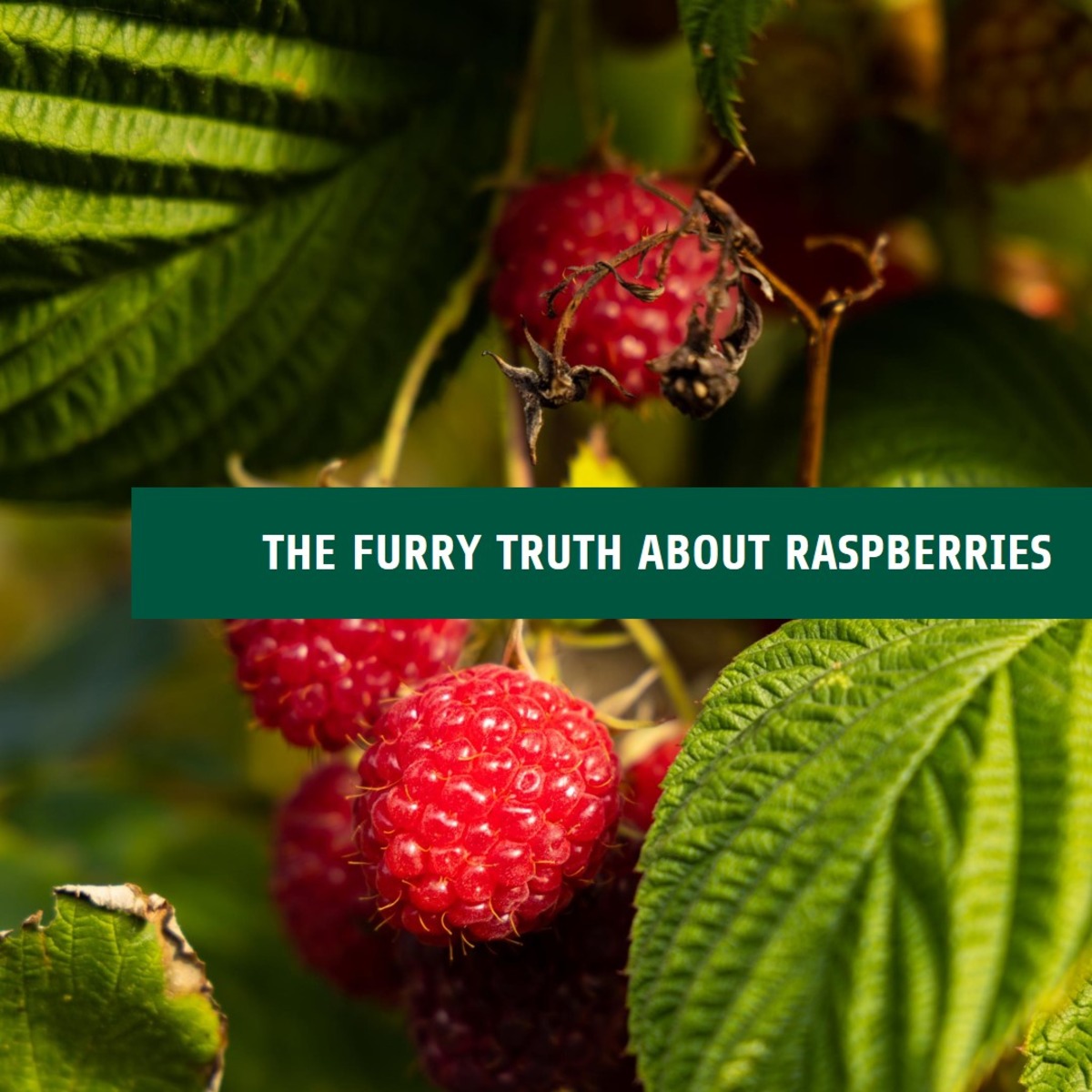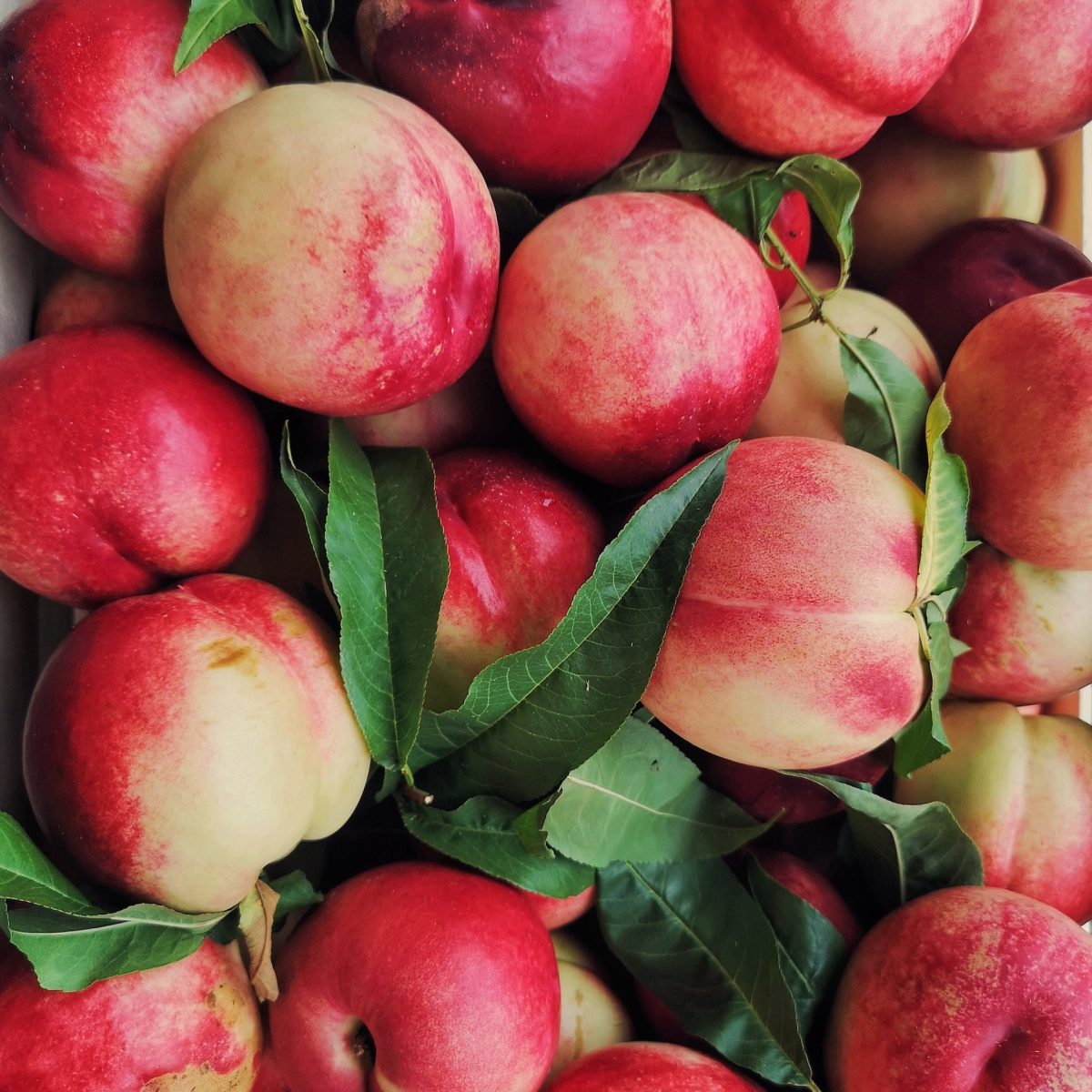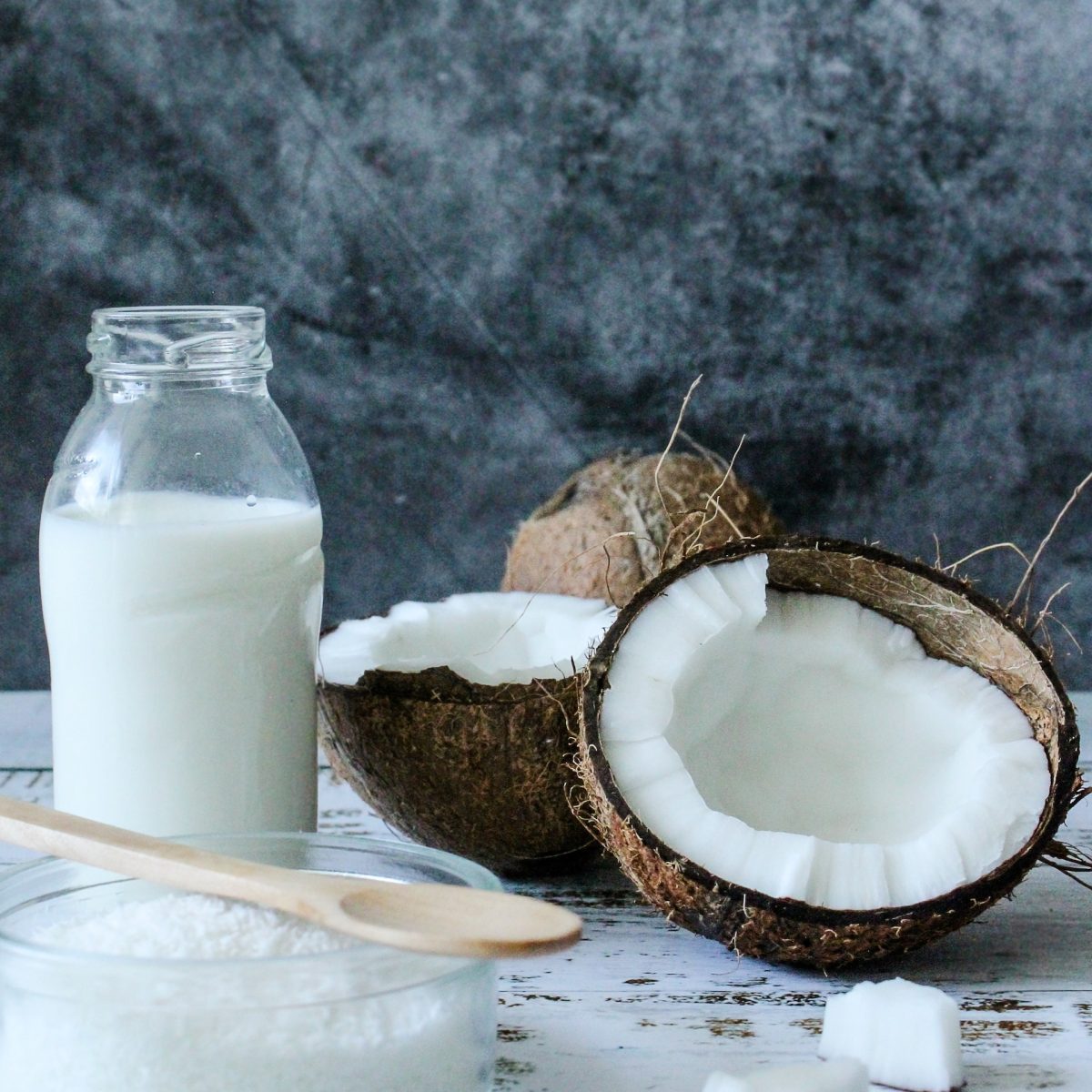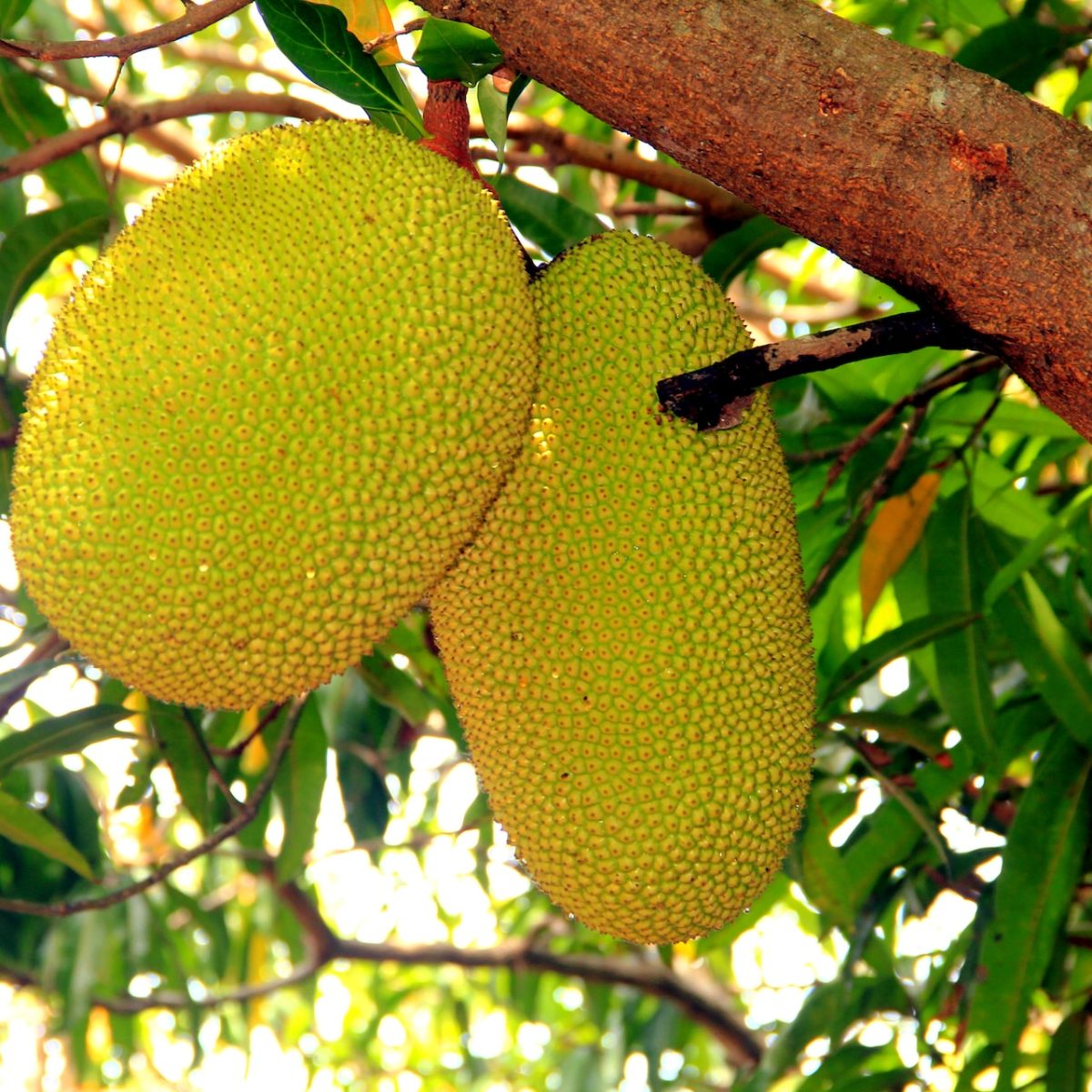Raspberries are one of the most popular and delicious fruits in the world. They are rich in antioxidants, vitamin C, fiber, and other nutrients that can benefit your health. But have you ever wondered why raspberries have hairs on them? What are those tiny strands that cover the surface of each berry? Are they safe to eat? And what purpose do they serve for the plant?
In this article, we will explore the fascinating facts about raspberry hairs, also known as pistils. We will explain what they are, how they develop, what functions they perform, and how they affect the quality and taste of the fruit. We will also answer some common questions that people have about raspberries and their hairs.
Key Takeaways
- Raspberry hairs are remnants of the female reproductive organs of the raspberry flower, called pistils.
- Raspberry hairs help the plant to pollinate, protect, and hydrate the fruit.
- Raspberry hairs are perfectly safe and edible, and do not affect the flavor or texture of the fruit.
What are Raspberry Hairs?
Raspberry hairs are coarse strands that cover the surface of each raspberry. They are actually the leftover parts of the female reproductive organs of the raspberry flower, called pistils [1]. Each pistil consists of a stigma, a style, and an ovary. The stigma is the sticky part that receives the pollen from the male organ, called the stamen. The style is the slender tube that connects the stigma and the ovary. The ovary is the part that contains the egg cell and develops into the fruit.
Raspberries are aggregate fruits, which means that they are composed of many small fruits, called drupelets, that are clustered together. Each drupelet develops from a single pistil, and contains a seed and a juicy pulp. The raspberry hairs are the styles that remain attached to the drupelets after the flower falls off.
How Do Raspberry Hairs Develop?
Raspberry hairs develop as part of the natural process of raspberry reproduction. Raspberries are self-pollinating plants, which means that they can produce fruit without the need of another plant. Each raspberry flower has both male and female organs, and can fertilize itself. However, raspberries can also benefit from cross-pollination, which is the transfer of pollen from one plant to another. This can increase the genetic diversity and the quality of the fruit. Cross-pollination can be done by insects, such as bees, or by wind, rain, or human intervention.
When a raspberry flower is pollinated, either by itself or by another plant, the pollen grains land on the stigma of the pistil. The pollen grains then germinate and grow pollen tubes that travel down the style and reach the ovary. There, the pollen tubes release sperm cells that fuse with the egg cells, resulting in fertilization. This triggers the development of the fruit, which is the enlarged ovary that contains the seeds.
As the fruit grows, the petals, sepals, and stamens of the flower fall off, leaving only the pistils attached to the fruit. The pistils then dry up and become the raspberry hairs that we see on the surface of the berry.
What Functions Do Raspberry Hairs Perform?
Raspberry hairs perform several important functions for the plant and the fruit. Some of these functions are [2]:
- Pollination: Raspberry hairs help the plant to achieve successful pollination, which is essential for fruit production. The hairs act as guides for the pollen tubes, directing them to the ovary. The hairs also increase the surface area of the stigma, making it easier for the pollen grains to stick to it. Additionally, the hairs can attract pollinators, such as bees, by providing them with nectar and pollen.
- Protection: Raspberry hairs help the plant to protect the fruit from damage and disease. The hairs act as a physical barrier, preventing insects, fungi, bacteria, and other pests from reaching the fruit. The hairs also produce chemical compounds that act as deterrents, warding off insects and preventing fungal infections. Some of these compounds are volatile organic compounds (VOCs), which are responsible for the aroma and flavor of the fruit.
- Hydration: Raspberry hairs help the plant to hydrate the fruit and prevent water loss. The hairs are covered with a waxy substance that creates a microclimate around the berry, protecting it from excessive evaporation. The hairs also absorb moisture from the air and transfer it to the fruit, keeping it juicy and fresh.
How Do Raspberry Hairs Affect the Quality and Taste of the Fruit?
Raspberry hairs do not affect the quality and taste of the fruit in a negative way. In fact, they may enhance the flavor and aroma of the fruit by producing VOCs, as mentioned above. Raspberry hairs are perfectly safe and edible, and do not cause any harm or discomfort to the consumer. They do not have any noticeable texture or taste, and they are easily digested by the human body.
However, raspberry hairs may sometimes be confused with mold, which is a sign of spoilage and decay. Mold is a type of fungus that grows on food when it is exposed to moisture, oxygen, and warm temperatures. Mold can be harmful to human health, causing allergic reactions, respiratory problems, and food poisoning. Mold can also ruin the taste and appearance of the food.
Mold on raspberries is typically caused by a fungus called Botrytis cinerea, which is also known as gray mold or soft rot. This fungus can infect the fruit during the flowering stage, or after harvest, during storage and transportation. Mold on raspberries appears as a grayish-white fuzz that covers the surface of the berry, especially in the crevices between the drupelets. Mold on raspberries can also cause the fruit to become soft, mushy, and leaky.
To distinguish raspberry hairs from mold, you need to look closely at the fruit. Raspberry hairs are thin, translucent, and hard to see from a distance. They are evenly distributed on the surface of the berry, and do not affect the color or shape of the fruit. Mold, on the other hand, is thick, opaque, and easy to spot. It is unevenly distributed on the surface of the berry, and may cause the fruit to change color or deform.
To prevent mold from growing on raspberries, you need to store them properly. Raspberries are highly perishable and sensitive to temperature and humidity [3]. They should be stored in the refrigerator, in a shallow, breathable container, and consumed within a few days. They should not be washed until ready to eat, as washing can remove the natural protective coating and introduce moisture that can promote mold growth. If you notice any signs of mold on raspberries, you should discard them immediately and avoid eating them.
Conclusion
Raspberries are delicious fruits that have many health benefits. They also have hairs on them, which are the remnants of the female reproductive organs of the raspberry flower, called pistils. Raspberry hairs are not a defect or a flaw, but a natural feature that helps the plant to pollinate, protect, and hydrate the fruit. Raspberry hairs are safe and edible, and do not affect the flavor or texture of the fruit. However, raspberry hairs may sometimes be mistaken for mold, which is a sign of spoilage and decay. Mold on raspberries is harmful and should be avoided. To prevent mold from growing on raspberries, you should store them properly and consume them quickly.
Frequently Asked Questions
- Are raspberries the only fruits that have hairs? No, raspberries are not the only fruits that have hairs. Many other fruits have hairs on them, such as kiwis, peaches, lychees, passion fruits, and gooseberries2. These fruits also have hairs for similar reasons as raspberries, such as pollination, protection, and hydration.
- Do different varieties of raspberries have different types of hairs? Yes, different varieties of raspberries have different types of hairs. Some varieties have more hairs than others, and some have longer or shorter hairs than others. The type and amount of hairs on raspberries depend on the genetic and environmental factors that influence the development of the fruit. For example, some varieties of raspberries have been bred to have fewer hairs, to make them more appealing to consumers.
- Do raspberry hairs have any nutritional value? No, raspberry hairs do not have any nutritional value. They are composed of cellulose, which is a type of carbohydrate that is indigestible by humans. Raspberry hairs do not provide any calories, vitamins, minerals, or other nutrients to the human body. They simply pass through the digestive system without being absorbed or metabolized.








